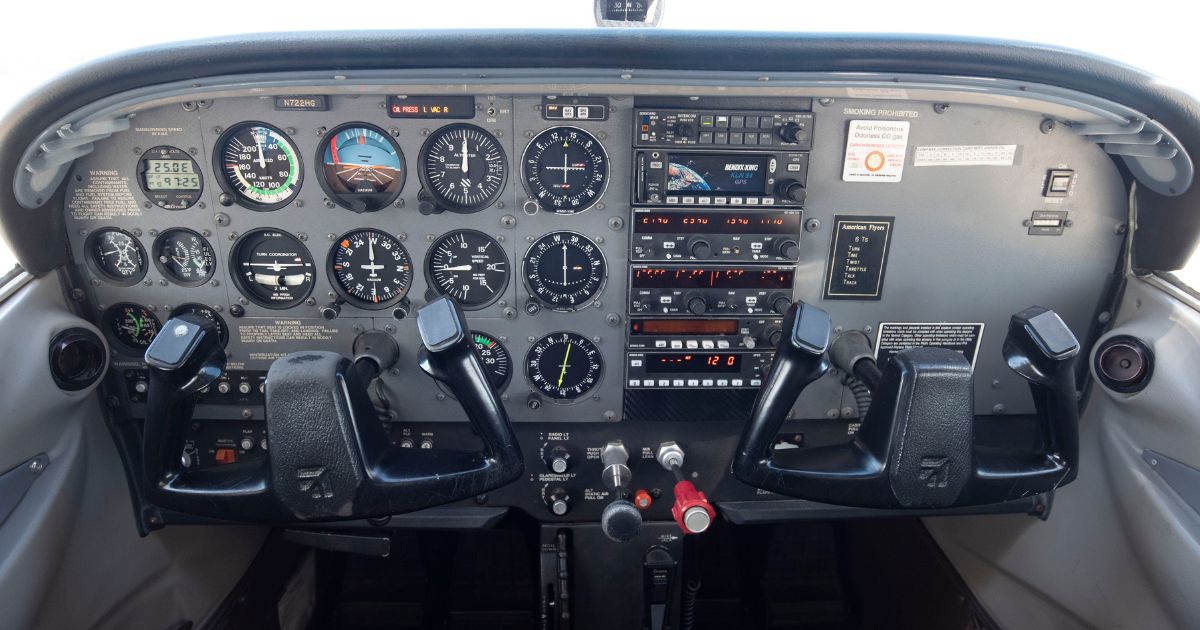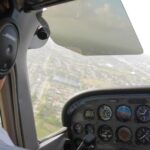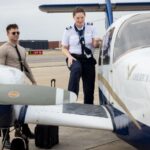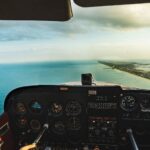Technology has changed the face of general aviation. Everything pilots had to do for themselves in the past, technology now does for you. It accurately tells you where you are, the airspace you are in, the nearest airports and how to get there, all the instrument approaches that apply to your destination or alternate, and a wealth of other valuable information. It also tells you about your aircraft, from checklists to fuel and weight and balance computations and much more. All you need to do is program in the flight and follow the blue line, and the autopilot will even do that for you.
And therein lies the problem.
When technology is working, it makes life so much easier. It is a godsend. But the problem arises when the technology that has been so heavily relied upon fails, and fail it will. Failure is an inherent part of complex electronics.
Unless you prepare beforehand, you will not be ready to safely react when technology fails. If the failure occurs in VFR, it will of course be easier to handle. But if it occurs in IFR, at night, or during high stress workloads, it can lead to very difficult situations.
So how do you prepare ahead of time? The needed preparation falls into two main areas. First, a thorough understanding of how the technology works and how to troubleshoot it, and second, regular practice to maintain basic attitude flying skills using only the backup instruments that are available when the big red X appears.
There are far too many kinds of failure to discuss them all, and of course they vary from one glass cockpit to another. The failures can range from total loss of the primary flight display and multi-function display to the loss of a single input, such as airspeed. If you fly technologically advanced aircraft, you need to regularly review how each system works, where it draws data from, and what the loss of a single component – or multiple components – means. You also need to regularly review the troubleshooting sections of the technical manuals so that when you need to troubleshoot something, it won’t be the first time you’ve thought about it.
Better yet, be like professional pilots and every six months schedule some time with an instructor in a flight training device that can simulate the various kinds of failures possible. It makes all the difference in the world to deal with a failure in the air after you have already worked through it in a simulator. If you are an aircraft owner, you know how much is involved in keeping your aircraft airworthy. It doesn’t make sense to keep the aircraft airworthy but not the pilot.
The second skill that needs to be practiced on a regular basis is being able to fly the aircraft using only the available backup instruments. When you get right down to it, not being able to troubleshoot a failure can be a problem. But not being able to control the aircraft is a much more serious problem. Even if you fly regularly and keep current, there are some procedures you never use, namely partial panel skills. It is a rare pilot who regularly practices partial panel, yet it is the skill that matters most when technology fails.
Just like recognizing and dealing with tech failures, partial panel skills can also be practiced very effectively in a flight training device. Regular practice ensures that when you need the skill, you will be ready to handle the situation. In this regard, I appreciated something Sully Sullenberger said, the pilot who set his A320 down in the Hudson River in 2009 after losing both engines at low altitude. He said, “One way of looking at this might be that for forty-two years, I’ve been making small, regular deposits in this bank of experience, education, and training. And on January 15 the balance was sufficient so that I could make a very large withdrawal.”
So, how do you prepare for that time when the technology fails? Follow Captain Sullenberger’s example by making regular, small deposits in the bank of experience, education, and training so that you will be able to make the necessary withdrawal when needed.










